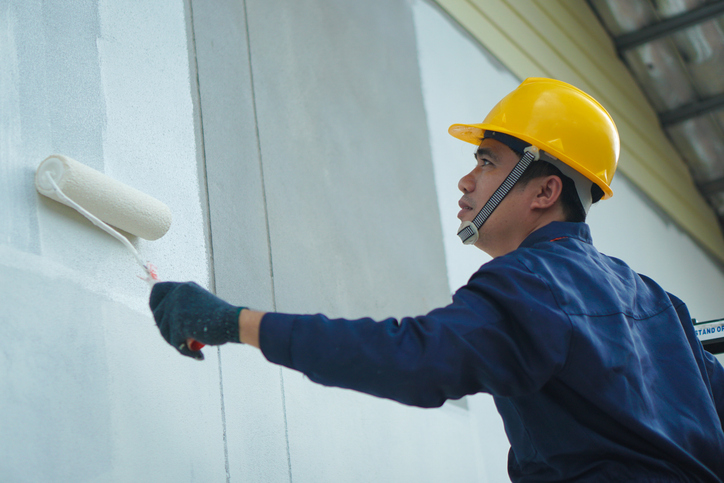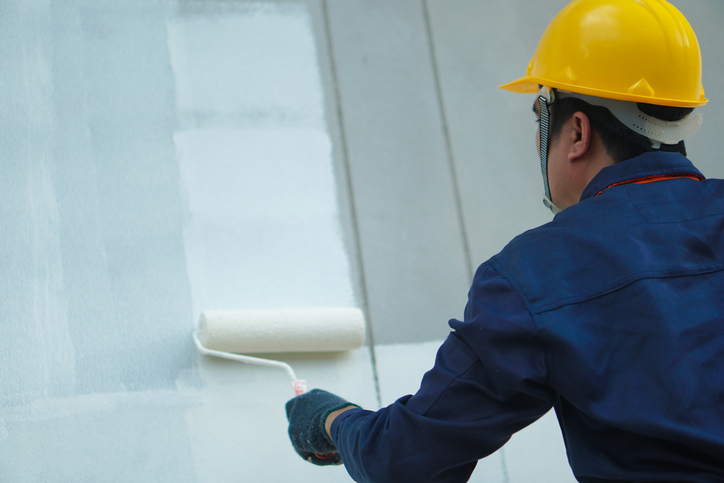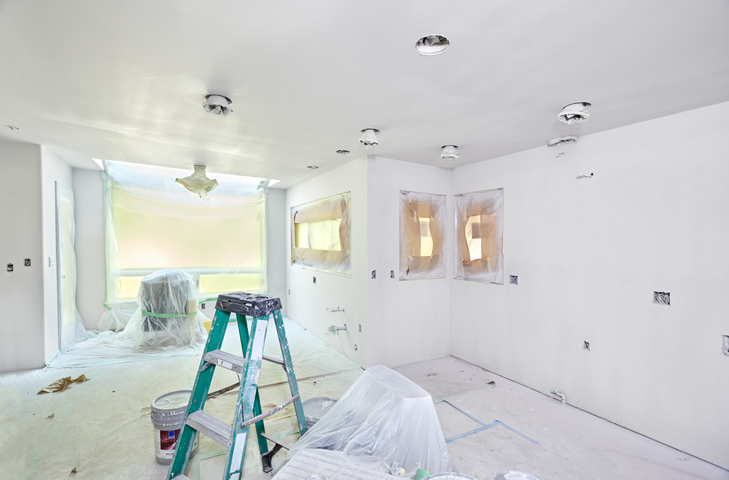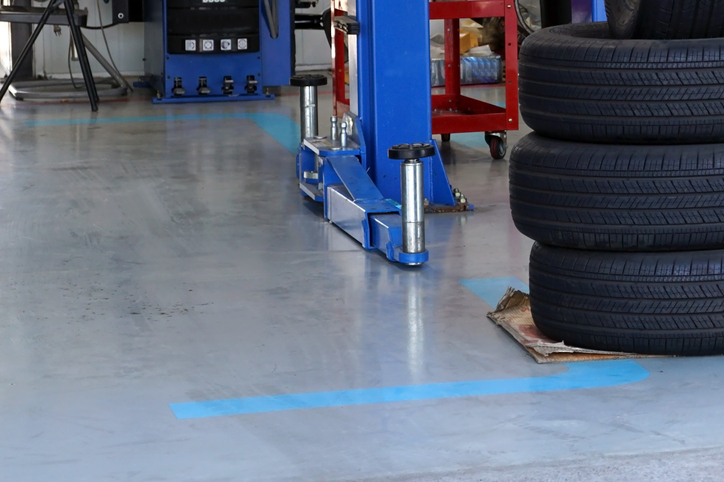Introduction
Commercial exterior painting may seem straightforward, but weather conditions shape every stage of the job. From surface preparation to finish coats, outdoor projects depend heavily on factors such as temperature, humidity, wind, and rainfall. These elements affect more than just comfort. They determine drying time, paint adhesion, and long-term performance. A professional commercial exterior painter knows how to plan around local forecasts to keep projects on track and finishes looking their best. In this post, we’ll explore how weather influences commercial painting decisions and what businesses should know when scheduling their next upgrade.
How Weather Impacts Commercial Exterior Painting Work
1. Temperature Sets the Tone for Paint Performance
Temperature is one of the most important factors affecting how paint behaves on exterior surfaces. Most commercial-grade paints have an ideal temperature range—typically between 50°F and 85°F—for application. When temperatures fall below or rise above this window, drying and curing rates change. In colder weather, paint can thicken and struggle to spread smoothly. In extreme heat, paint might dry too fast, leading to visible brush marks or cracks. A commercial structure paint specialist uses temperature forecasts to decide when to start work, when to pause, and how to adjust techniques based on daily highs and lows.
2. Humidity Influences Drying Time and Surface Prep
High humidity can interfere with drying times, making it difficult for paint to bond properly to surfaces. When moisture lingers in the air, especially in coastal or rainy regions, surfaces may not dry completely before painting begins. This can lead to bubbling, peeling, or uneven texture later. Conversely, low humidity may accelerate drying before the painter has a chance to even out the coat. The result is a patchy finish that doesn’t last. A commercial exterior painting expert often checks not just the weather, but the dew point, which tells how close the surface is to retaining moisture. Monitoring humidity helps crews avoid surprises and produce a smoother result.
3. Rain Delays More Than Just Painting Days
Rain is an obvious concern during exterior painting, but its effects go beyond stopping work. Wet surfaces cannot hold paint properly, and even after rainfall ends, it may take hours or days for walls to dry completely. Paint applied too soon after rain can fail within months, leading to early wear and costly rework. A skilled painter will postpone projects if rain is in the forecast and take extra steps to test wall moisture levels before resuming work. Gutters, downspouts, and runoff paths also come into consideration. Painting around these features requires dry conditions to keep the results intact.
4. Windy Conditions Disrupt Application and Coverage
Wind presents unique challenges during commercial exterior painting. It causes overspray, which can lead to uneven coverage and unintended paint on windows, landscaping, or nearby cars. It can also blow dust, leaves, and other particles onto wet surfaces, reducing finish quality and creating texture inconsistencies. In some cases, wind affects how scaffolding or ladders are used, creating safety concerns. A commercial exterior paint specialist watches wind speed closely to schedule detail work, spray applications, or tall structure painting on calmer days. In windy areas, pros may switch from spray tools to rollers or brushes to keep control of the application.
5. Seasonal Planning Improves Results and Minimizes Delays
Different seasons present different painting challenges, and understanding the local climate helps set realistic timelines. Spring and fall are often preferred times for exterior projects, offering moderate temperatures and lower humidity. Summer can bring fast drying and clear skies, but may introduce heat-related complications. Winter might be off-limits entirely, depending on the location. An exterior painting contractor for businesses develops schedules based on regional weather trends and keeps extra buffer days to account for unplanned interruptions. Seasonal awareness helps businesses plan painting projects with fewer delays and better long-term durability.
Weather plays a major role in the outcome of any exterior painting job. From start to finish, temperature, humidity, wind, and rain influence timing, technique, and the final appearance. A trusted commercial exterior painter doesn’t just bring brushes—they bring strategy, weather insights, and flexibility to deal with shifting conditions. Businesses looking to upgrade their buildings should understand how timing and climate shape each project. By working with professionals who adapt to weather patterns, you get a finish that looks good and lasts longer.
Conclusion
Enhance your property’s look with a skilled commercial exterior painter. Entrust your service with Noel Painting Services for weather-ready planning and long-lasting, professional-grade exterior finishes. Call us now at (813) 406-3196 to book your service!
📌Noel’s Painting Services – Trusted Experts in Fast, Reliable Interior & Exterior Painting









